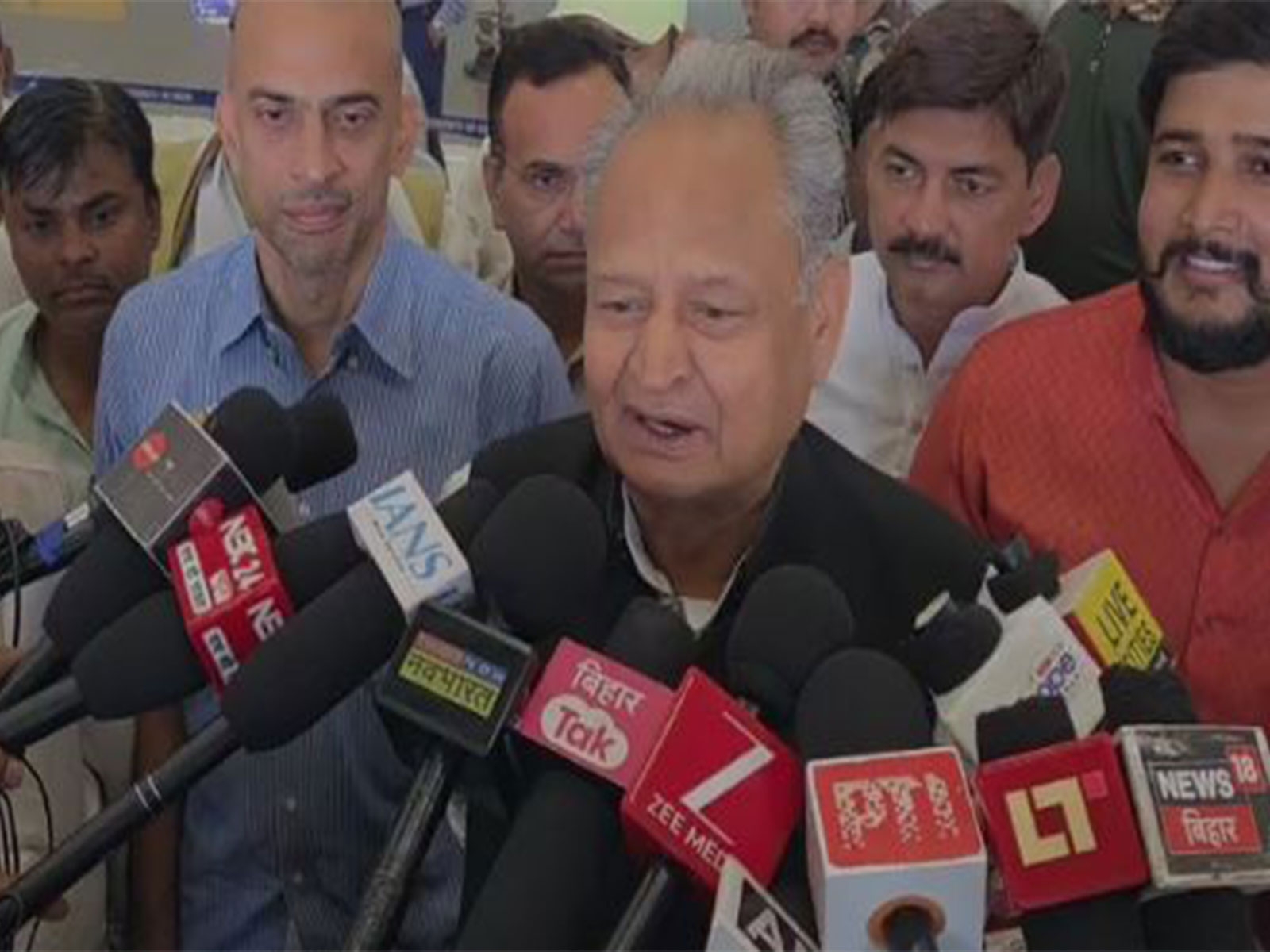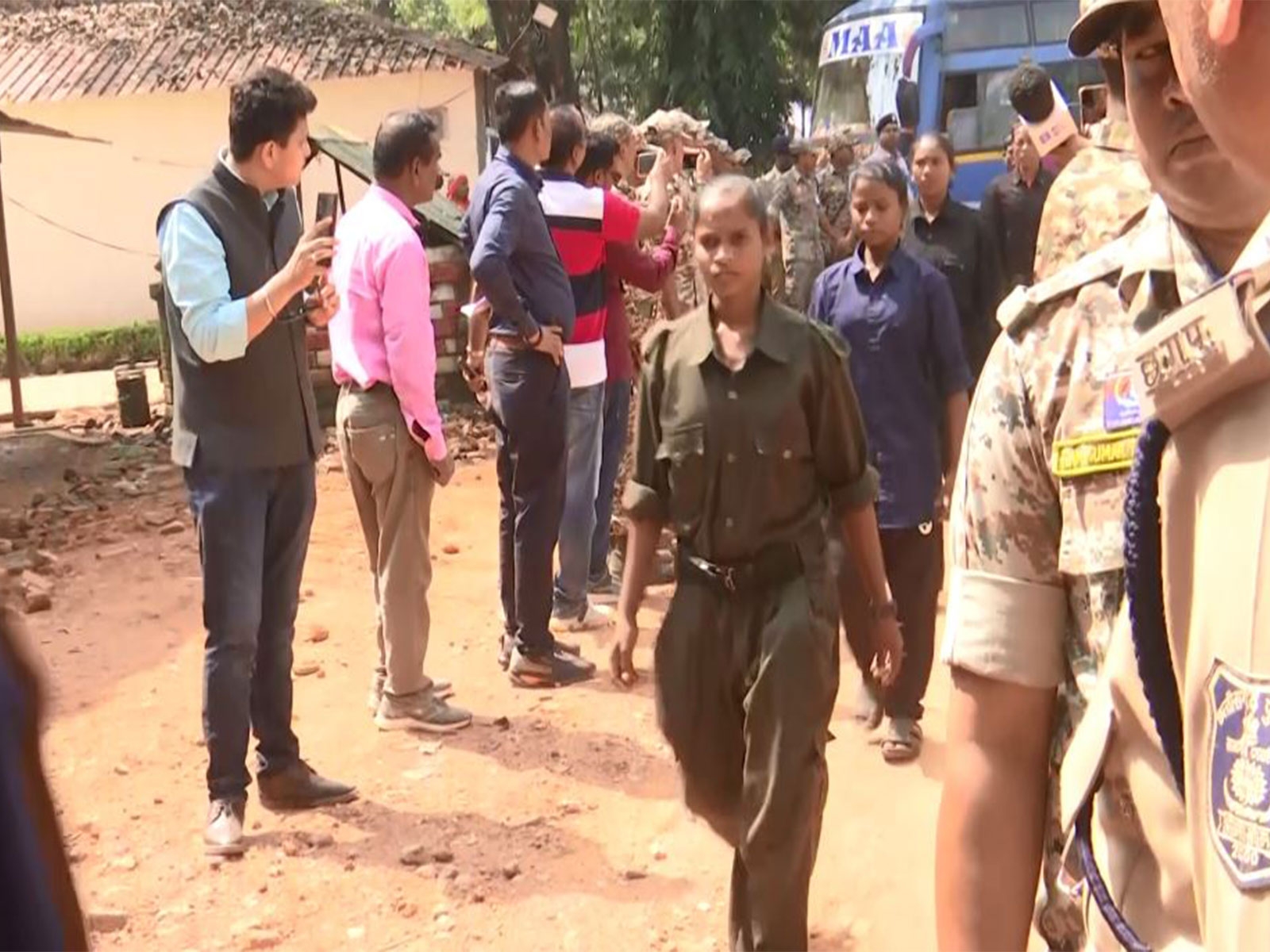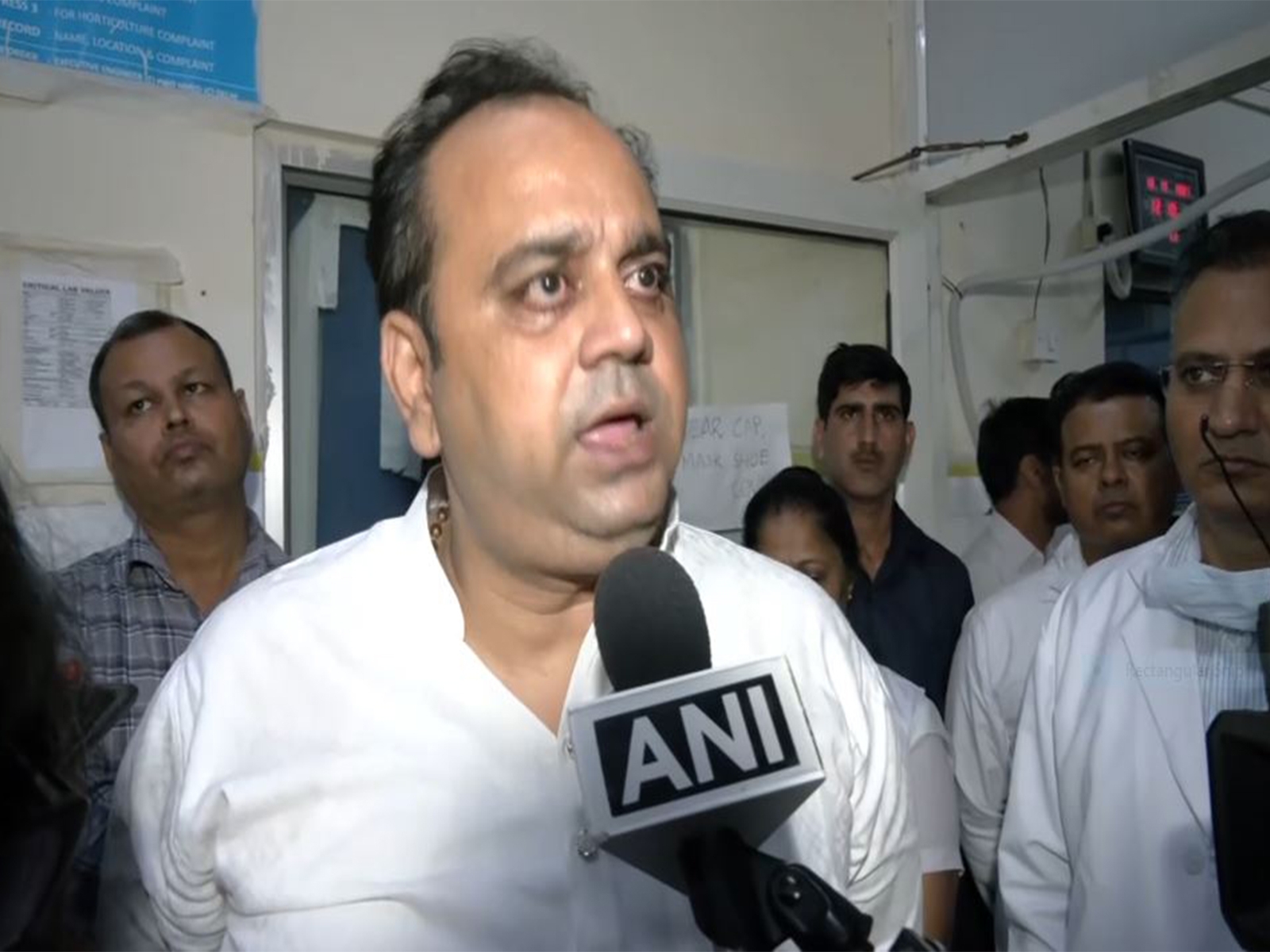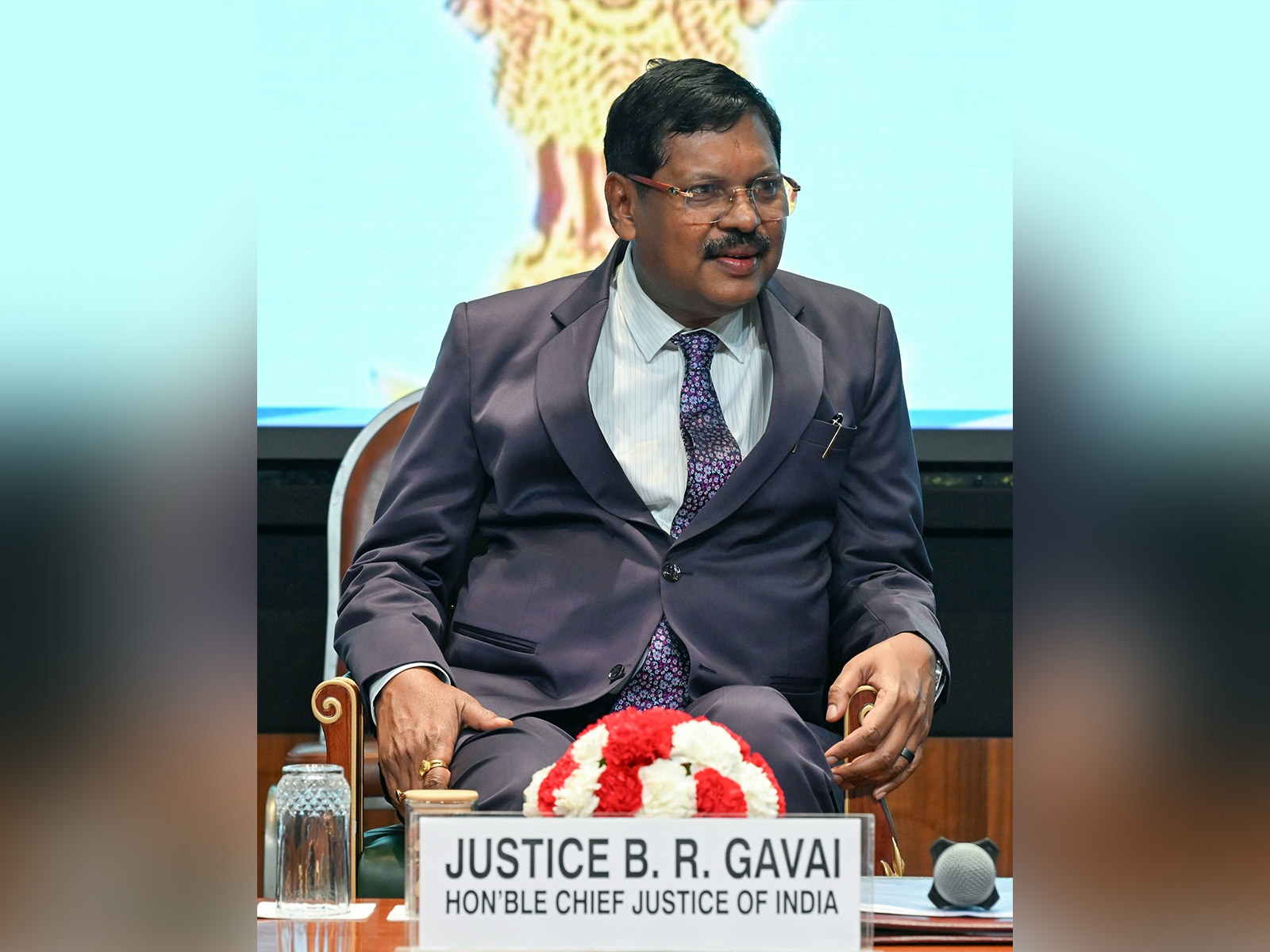Govt bows to banks' pressure: why interest cuts on small savings is bad news

The plan
- Finance Minister Arun Jaitley says the govt plans to cut interest rates on schemes like NSCs and PPF
- The banking sector has been lobbying for this for a long time
The consequences
- Senior citizens who don\'t earn a pension will be the worst-affected by a cut in interest rates
- People are more likely to fall prey to Ponzi schemes if this plan goes ahead
More in the story
- Banks\' argument for a cut in small savings schemes\' interest rates
- Why aren\'t banks passing on the benefit of RBI rate cuts to the customers?
The government wants to reduce the interest rates on small savings schemes like National Savings Certificates (NSC), Public Provident Fund (PPF) and Post Office Time Deposit Accounts.
For a long time, the banking sector has been demanding that the government slash interest rates. In fact, even Reserve Bank of India governor Raghuram Rajan has spoken about this.
Bankers say that having administered interest rates on these schemes distort competition, forcing them not to lower their deposit rates below those offered by small savings schemes, as people will pull money out of banks to deposit it in these schemes. And because of the high interest outgo on deposits, they are unable to lower the rates of interest on loans.
Read- 7.4% growth in last quarter: But economists question govt data
However, at an event last week, Union Finance Minister Arun Jaitley said the government was ready to slash interest rates on small savings schemes.
In such a scenario, it's important to understand the ramifications for people who invest in these schemes, and also whether the banks have a point.
The ramifications
--Non-pensioner senior citizens will suffer: In India, out of a 40-crore strong workforce, only 52 lakh people (as per 7th Pay Commission data) are entitled to a pension in their old age. For the others, small savings schemes are the only source of social security, especially to the lower-middle and middle class. They also motivate people to save money.
Abhijeet Sen, former member of the now-defunct Planning Commission, says: "If you reduce the interest rates on small savings schemes, old people will suffer the most. They usually live off the interest earned on these schemes. Any reduction in their income due to fall in the interest rate will impact their standard of living."
Small savings schemes include National Savings Certificates and Public Provident Fund
--Return of Ponzi era: Most of the people in the lower income group fall prey to Ponzi schemes, due to the attractive returns on offer.
A Ponzi scheme is a fraudulent investing scam, which promises high rates of return with little risk to investors. The scheme generates returns for older investors by acquiring new investors. This scam actually continues to yield the promised returns to earlier investors, as long as more and more investors keep joining in. These schemes usually collapse when new investments stop.
CPI leader and Rajya Sabha member D Raja says: "By reducing the interest rates on small saving schemes, the government will demotivate people from making investment in long-term instruments. Ponzi schemes will become more attractive for small investors."
Competition with bank deposits?
The interest rates on small savings schemes range from 8.4-8.8% for the general public and up to 9.3% for senior citizens. On the other hand, the interest rates for bank deposits are around 7.5%, and a little higher for senior citizens.
Given that these small saving schemes provide higher interest rates compared to the banks' fixed deposits, the amount of money deposited should logically be higher for the former.
But the numbers don't back this up.
From April to January 2015, the net small savings collections by all states stood at Rs 4,318 crore. The corresponding figure in one year before was Rs 9,948 crore.
On the other hand, bank deposits till January 2015 stood at Rs 84 lakh crore.
Madan Sabnavis, chief economist, Care Ratings, says: "Small Saving Schemes are made for a certain section of the society that is not connected with the banking system. The growth in the small savings deposits has been limited over the years.
Also read: Experts bet on RBI's Raghuram Rajan to hold rates steady on Tuesday
"It is wrong to assume that people transfer funds between small savings and bank deposits on the basis of differential interest rates. If that were true, people would take a home loan from a bank that offers the lowest interest rate. But people tend to stick to banks that charge a tad higher, because of their relationship with that bank."
Sabnavis adds: "If you ask me whether I would invest my money in small savings for a difference of a few percentage points, the answer is no. There are limitations with the certificates issued by the government on small saving schemes, as they cannot be transferred or even encashed easily. Moreover, it is easier to go to a bank than going to a post office. Banks offer you many more services than a post office."
The real reason: bad loans
The gross non-performing assets (bad loans) of public sector banks rose from 5.20% in March 2015 to 6.03% in June 2015.
Total stressed advances (NPAs plus standard restructured accounts) rose to 10.7% in September 2015, and are likely to settle down at 10.3% by March 2016.
Due to such a high percentage of NPAs, the margins of Indian banks have taken a hit. By not passing on the rate cuts announced by the Reserve Bank (125 basis points in 2015), Indian banks are trying to improve their margins.
From Apr 2014-Jan 2015, Rs 4,318 cr was deposited in small schemes. Bank deposits got Rs 84 lakh cr
According to data from the All India Bank Employees Association, there are 7,035 cases of wilful defaulters, accounting for Rs 58,792 crore, as on 31 March 2015.
Due to strict guidelines of the Reserve Bank and the finance ministry, banks have been forced to sell their bad loans and clear their books.
This year, state-run banks have put up around Rs 50,000 crore worth of bad loans for sale. Unfortunately, they could sell only about Rs 6,000 crore worth of bad loans.
"The banks are in a very bad condition. They are looking for a scapegoat. Today, it is the small savings schemes; tomorrow it would be something else. However, the fact is, unless this mess of NPAs is cleared, they will never pass on the full benefits of RBI rate cuts to the consumers," said a government official, requesting anonymity.
The numbers clearly suggest that small savings schemes are no competition for bank deposits. The portfolio of people who invest in these schemes is starkly different from those who invest in the banking sector.
Unfortunately, the government seems to have bought the argument of the banks, which will affect the common Indian.
More in Catch:
CBI questions Vijay Mallya in Kingfisher Airlines loan default case
Modi & Sharif revived Indo-Pak dialogue in 167 seconds. Here's how
Bitcoin breakthrough: has tech's most stubborn mystery been solved?
Damn the dams: how the NDA govt plans to Save the Ganga
First published: 11 December 2015, 9:08 IST

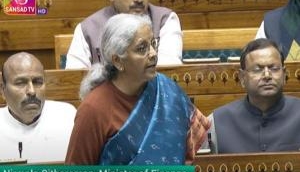
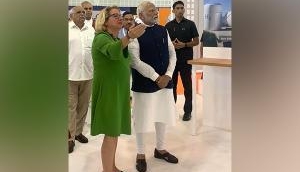



![BJP's Kapil Mishra recreates Shankar Mahadevan’s ‘Breathless’ song to highlight Delhi pollution [WATCH] BJP's Kapil Mishra recreates Shankar Mahadevan’s ‘Breathless’ song to highlight Delhi pollution [WATCH]](https://images.catchnews.com/upload/2022/11/03/kapil-mishra_240884_300x172.png)

![Anupam Kher shares pictures of his toned body on 67th birthday [MUST SEE] Anupam Kher shares pictures of his toned body on 67th birthday [MUST SEE]](https://images.catchnews.com/upload/2022/03/07/Anupam_kher_231145_300x172.jpg)


